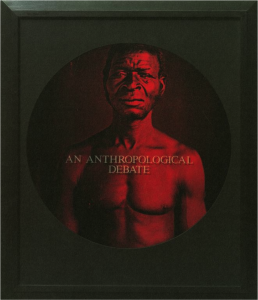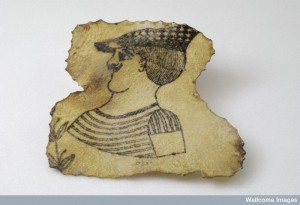This homework gives you the opportunity to visualize the spread of an epidemic. This homework takes about 60 minutes to complete.
Instructions:
- Play Plague Inc. TWICE! If you were wondering why the Plague app was a recommended purchase on the syllabus, here’s why! Download the game app Plague Inc. (ask a friend to borrow their mobile device if you don’t have a device, or email me directly for an alternative assignment)
- Open the game Plague game app
- Choose “new game”
- Choose Bacteria as your game type
- Choose Casual as game type
- Name your Plague
- Play two games: start your first game from a poor nation, start your second game from a wealthy nation
- Write a short report (minimum 300 words) recording the data from playing Plague Inc.
Your brief report should answer the following questions:- Identify the name of the disease
- Identify where you began your disease, first game, second game
- Identify how long it took your plague to affect 100 people? 1,000,000 people?
- Identify when the first death occurred. Why do you think it took so long?
- Did your plague destroy the human race? If not, how long did it last before a cure was found or your disease was eradicated
- Post your report here on the OpenLab!
- Note any differences between the two games. Did one take longer or faster to spread? Why do you think the disease progressed the way it did?
- Reflect on whether the game helped you better understand pandemic transmission.
- Please brag if you manage to conquer Greenland!
Please submit your post by class on Tuesday October 20th.




![L0005772 Pare, Hand, showing mechanical movement, Credit: Wellcome Library, London. Wellcome Images images@wellcome.ac.uk http://wellcomeimages.org Artificial hand. 1564 Instrumenta chyrurgiae et icones anathomicae / Ambroise Paré Published: 1564] Copyrighted work available under Creative Commons Attribution only licence CC BY 4.0 http://creativecommons.org/licenses/by/4.0/](https://openlab.citytech.cuny.edu/arth2101fa2015/files/2015/08/Ambroise-Pare-mechanical-hand-1564-196x300.jpg)


